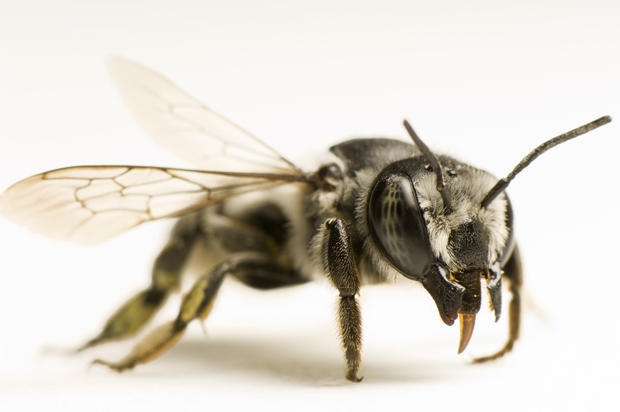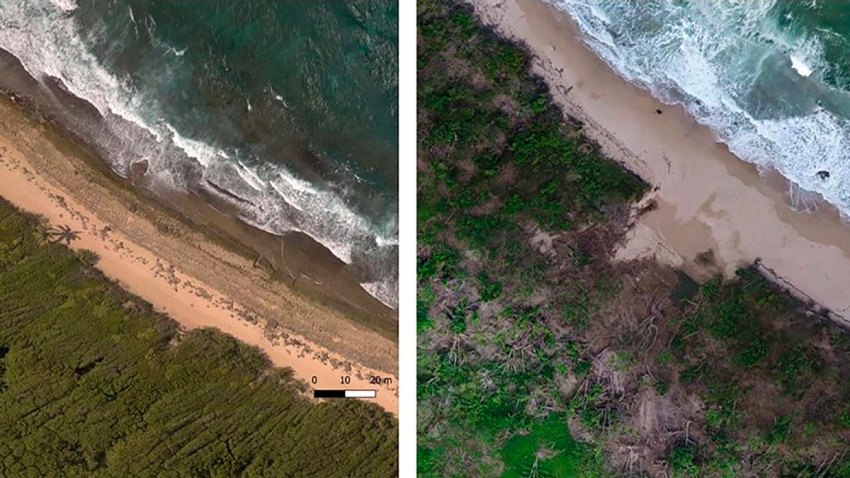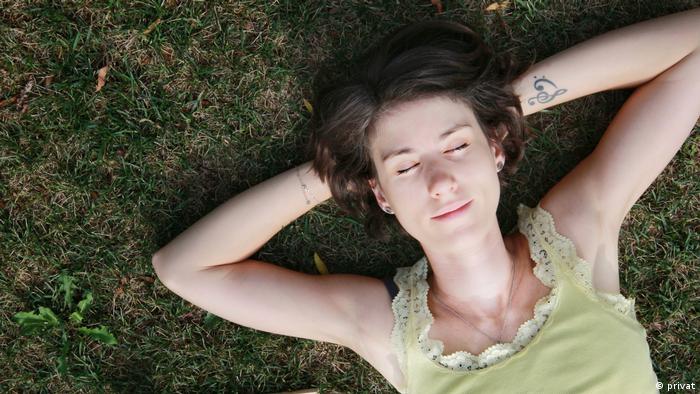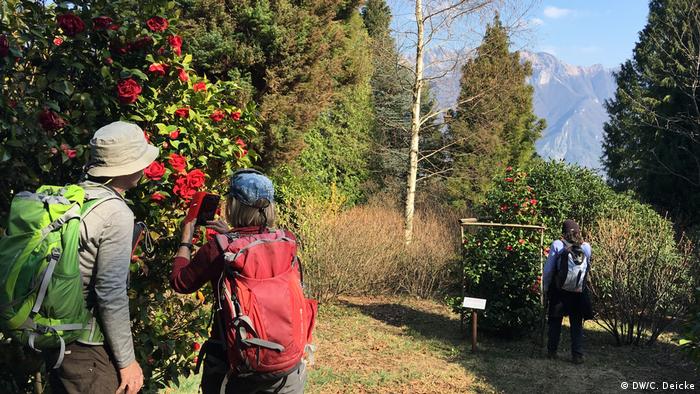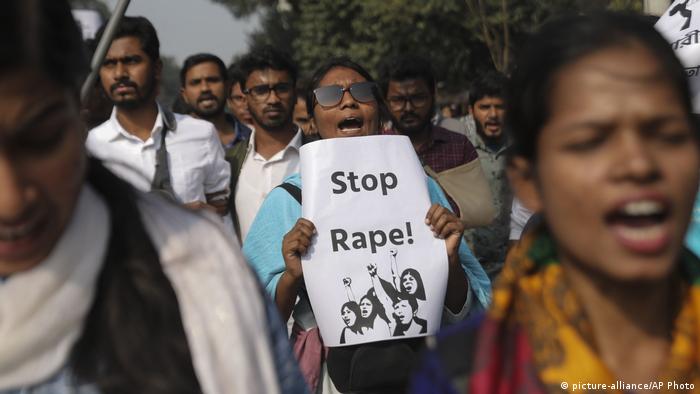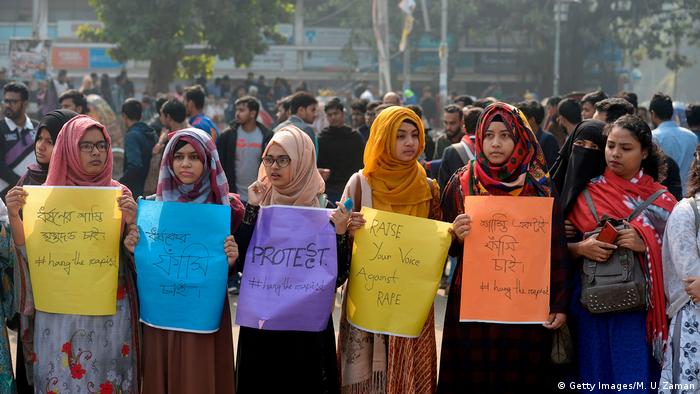Minimum Wage in America: A Timeline
Since 1938, the U.S. federal government has established that workers are entitled to a base hourly wage. Which workers receive that minimum—and how much—has remained a political issue.
When Congress passed the Fair Labor Standards Act in 1938, it represented a major shift in labor policy. For the first time, the federal government set a minimum wage and established the principle that people—or at least those covered by the law—are entitled to at least a certain amount of pay for their work.
The federal minimum applies to U.S. workers who are employed by companies with revenues of at least $500,000, plus workers in hospitals, nursing homes, schools, government agencies, and those who are involved in interstate commerce in their jobs.
One reason that the federal minimum wage provokes continuing controversy is that it doesn’t automatically adjust to the rising cost of living. “This means it is completely dependent upon political negotiations, and its level depended upon which forces had power,” explains Stephanie Luce, the chairperson and a professor in the School of Labor and Urban Studies at City University of New York.
Since the first federal minimum wage was set in 1938, it has been raised 22 times by 12 different presidents. The history of the federal minimum wage is one of political struggle and labor conflict, and it actually begins in Europe, at least a century before the law was passed in the United States.
Here are some of highlights.
Push for Minimum Wage Begins in Europe, New Zealand
1831: Silk industry workers in Lyon, France go on strike. Their demands include a minimum wage that is enough for them to live on. The walkout—and a repeat three years later—are unsuccessful, but the idea of a minimum wage continues to resonate.
1894: New Zealand enacts the Industrial Conciliation and Arbitration Act, becoming the first nation in the world in which the government sets minimum wages for workers. The law also bans both worker strikes and lockouts by employers.

Samuel Gompers, an early labor leader and founder and president of the American Federation of Labor, circa 1890.
Underwood Archives/Getty Image
1898: Samuel Gompers, founding president of the American Federation of Labor, publishes an article entitled “A Minimum Living Wage,” in which he advocates not just setting a legal threshold for wages, but also requiring it to be enough for workers to live.
Massachusetts Enacts First US Minimum Wage
1912: The state of Massachusetts enacts the first law in the United States requiring a minimum wage. Other states soon follow.
1923: In a case called Adkins v. Children's Hospital of D. C., the U.S. Supreme Court rules that imposing a minimum wage violates employers’ and workers’ liberty of contract right under the Fifth Amendment. That invalidates states’ minimum wage laws and limits them to offering advice to employers who can set their own standards.
FDR Champions Minimum Wage Codes
1933: Newly-elected President Franklin D. Roosevelt, eager to improve the lot of workers suffering in the Great Depression, convinces Congress to enact the National Industrial Recovery Act. The NIRA suspends antitrust restrictions and allows industries to enforce their own fair-trade codes, which raise wages.

President Roosevelt signing the Industrial Control-Public
Works bill, otherwise known as the National Recovery Act.
Bettmann Archive/Getty Images
The cotton industry is the first to enact such a code, which sets a minimum weekly wage of $13 in northern states and $12 in the south, in addition to abolishing child labor. Roosevelt also pushes employers to sign the “President’s Reemployment Agreement,” a pledge to offer a $12 to $15 weekly wage for 35 to 40 hours of labor. Employers who agree get to display a badge of hour, which depicts a blue eagle with the motto, “We Do Our Part.”
1935: In Schechter Poultry Corp. v. United States, the Supreme Court strikes down the industry codes that the NIRA had enabled, including their minimum wage provisions. As a result, the minimum wage becomes a big issue in the 1936 presidential election, with the incumbent, FDR, promising a renewed push.
Supreme Court Rules in Favor of Minimum Wage in 'Big Switch'
1937: In a turnaround, the Supreme Court narrowly upholds Washington state’s minimum wage law, when Justice Owen Roberts unexpectedly sides with the court’s four-member liberal minority. The case, West Coast Hotel Co. v. Parrish, involved a former chambermaid who sued a hotel for $216.19 in back wages that she said she was owed under the law. The “big switch,” as it’s called by historians, reverses the judicial trend and establishes that minimum wage laws don’t violate the Constitution.
1938: After a legislative struggle, Congress passes the Fair Labor Standards Act, which establishes a federal minimum wage of 25 cents per hour, and the bill is signed into law by President Roosevelt. Originally, the legislation had called for a 40-cent-per-hour wage, but it was scaled back to win the support of members of Congress from southern states.
Even in the law’s compromise form, it represented a major philosophical shift, according to John Revitte, a professor of Work, Leisure and Labor Studies at Michigan State University. “America had a long tradition in which issues between the employer and the employee were their concern,” he explains. “The New Deal was saying, these are also the concerns of the government.”
Federal Minimum Wage Is Increased, Expanded
1949: Congress raises the federal minimum wage to 75 cents, the first of numerous increases enacted over the next six decades.

Billboard sponsored by the National Association of Manufacturers
reading "World's Highest Wages - There's no way like the
American Way," photographed by Dorothea Lange when
working for the FSA as part of Roosevelt's New Deal.
SSPL/Getty Images
1961: Congress amends the FLSA to cover more workers, but also allows retail and service businesses to hire full time students at wages of 15 percent below the minimum, according to the U.S. Department of Labor’s history of changes to the law.
1963: President Kennedy signed into law the Equal Pay Act, which amended the Fair Labor Standards Act to specify that workers covered by the federal minimum wage requirement were also entitled to equal pay for the same job, regardless of gender. The Associated Press reports that eight million women are among the 27 million U.S. workers covered.
1968: The federal minimum wage peaks in purchasing power at $1.60 per hour, the equivalent of $11.53 in 2019 dollars. With the minimum wage was higher relative to living costs, Luce says, “Poverty of that period tended to be more of an issue of unemployment, rather than low-wage working poverty.” After 1968, the minimum wage doesn’t keep up with rising inflation.
1974: Congress again broadens the minimum wage law to cover all non-supervisory government workers.
1989: Congress changes FLSA so that it applies only to businesses that produce at least $500,000 in revenue, but also mandates that smaller retail businesses are subject to the law as well during any work week in which they either engage in interstate commerce or make goods that will be sold in other states.
2009: Thanks to legislation passed two years earlier, the federal minimum wage rises to $7.25.
Eight States Raise Minimum Wage Above Federal
2016: New York and California legislators pass laws raising their minimum wages to $15 per hour.
2019: Twenty-nine states and Washington, D.C. maintain higher minimum wages than the federal standard as of 2019, with eight states automatically increasing wages based on the cost of living.
BY
UPDATED:OCT 28, 2019ORIGINAL:OCT 18, 2019





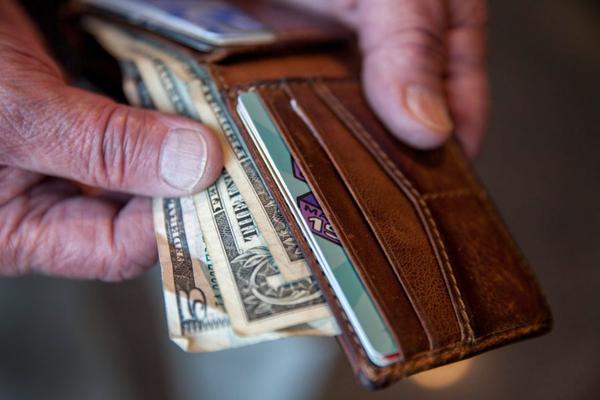



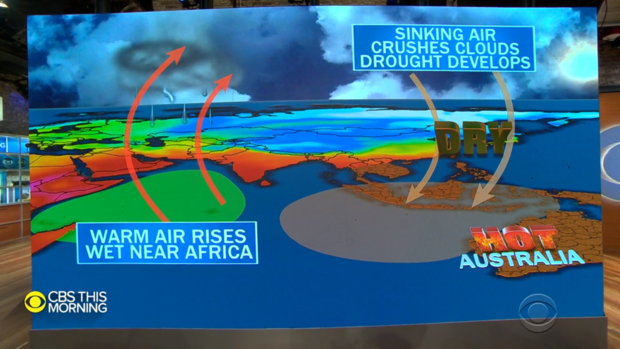 CBS NEWS
CBS NEWS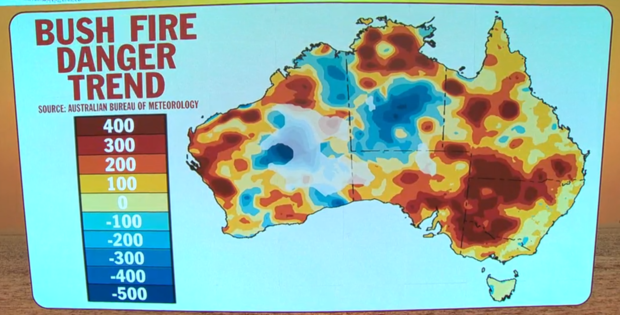 CBS NEWS
CBS NEWS
